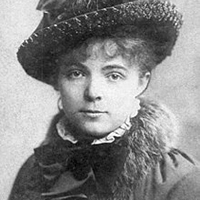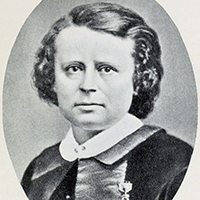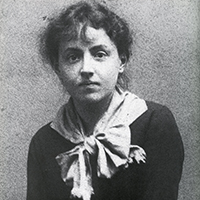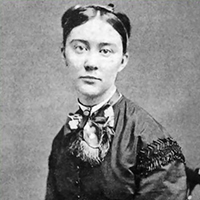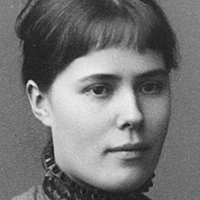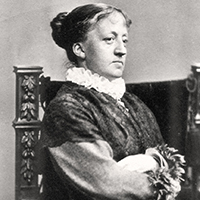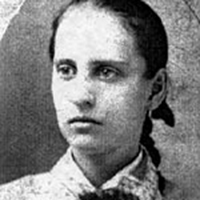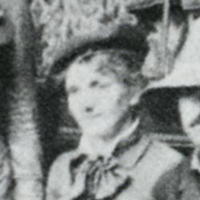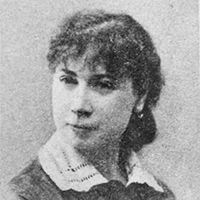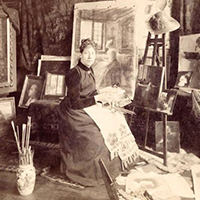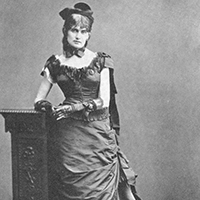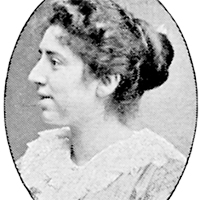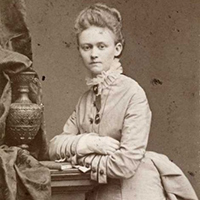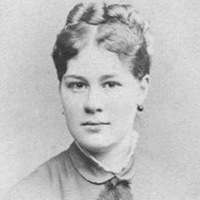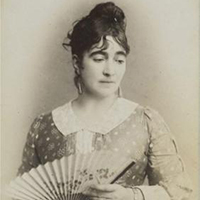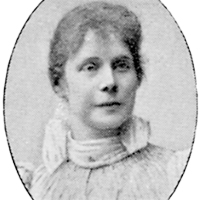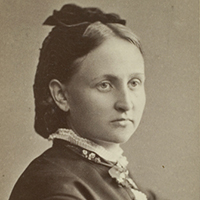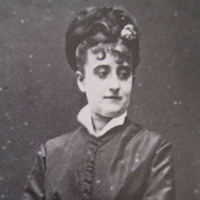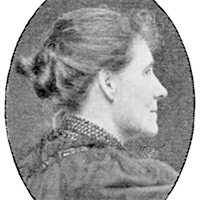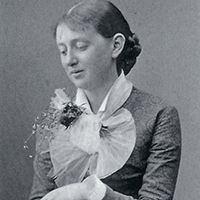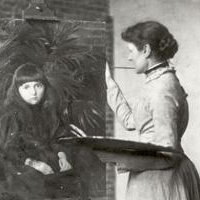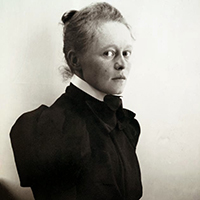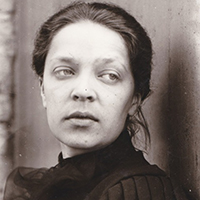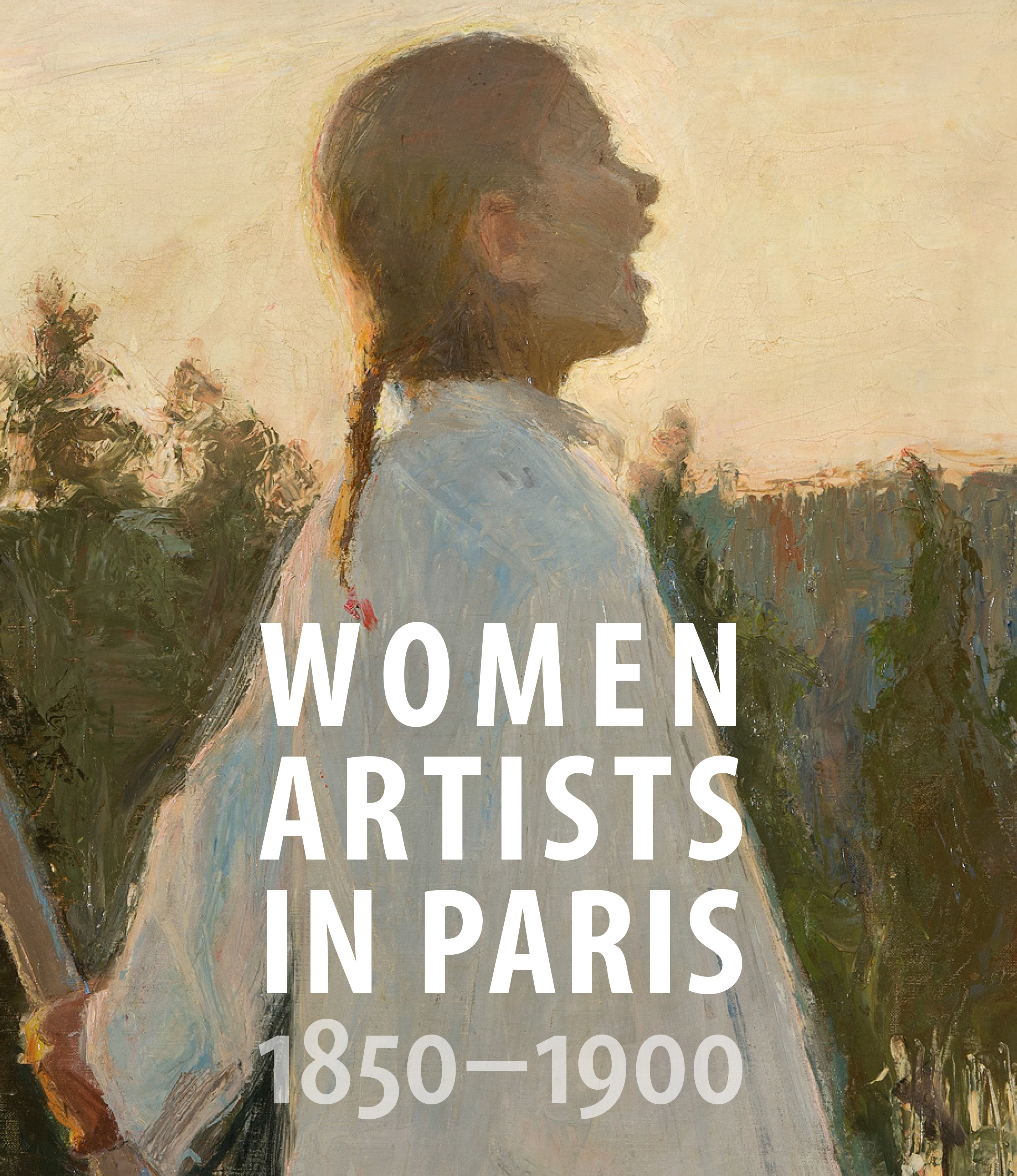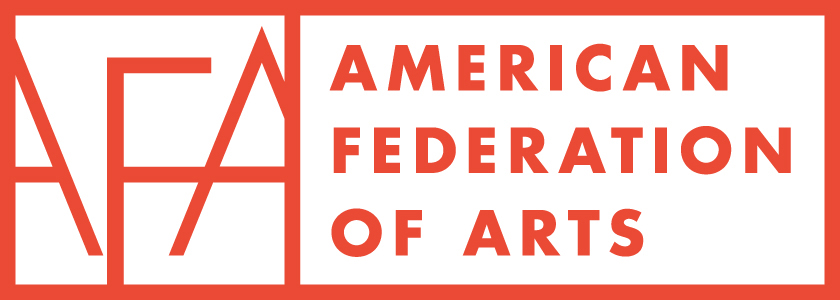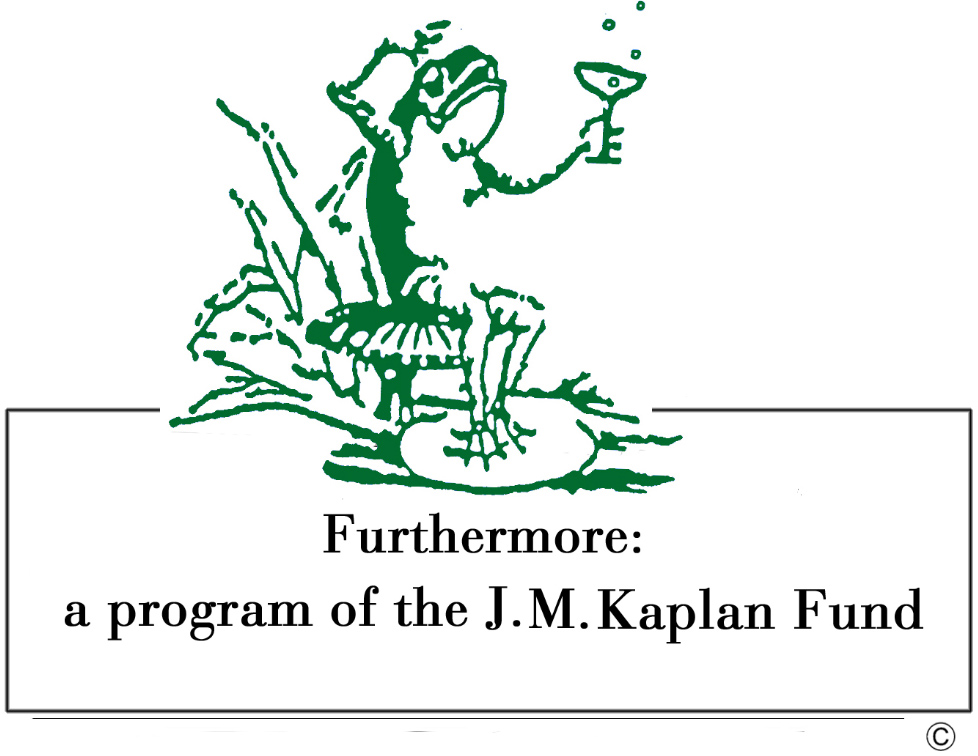JUNE 9–SEPTEMBER 3, 2018
ABOUT THE ARTISTS
With its museums and galleries, Paris, the capital of the art world in the late nineteenth century, offered a rich education to those who visited briefly or made it their permanent home. Many women came from considerable distances to study art in Paris. There, they could enroll in private art schools, such as the Académie Julian or Académie Colarossi, take private lessons with an established painter, rent studios with other female artists, and, along the way, develop supportive friendships.
In order to exhibit their work, many women submitted their paintings to the official Salon, an annual exhibition of new works by living painters, sculptors, and architects, sponsored by the government, but entry was very limited. Others participated in the Impressionist Exhibitions, held between 1874 and 1886, which were mounted as an alternative to the traditional and more conservative Salon. Additional opportunities for exhibiting and selling their work came with a series of Expositions Universelles (World’s Fairs) held in 1855, 1867, 1878, 1889, and 1900, each of which hosted art exhibitions in which women could participate.
Click on a photograph to learn more about each artist’s experience in Paris and beyond.
A fully illustrated catalogue, Women Artists in Paris, 1850–1900, has been published by the American Federation of Arts and Yale University Press. Along with an art-historical overview by curator Laurence Madeline, the catalogue includes essays by Jane R. Becker, collections management associate, Metropolitan Museum of Art; Richard Kendall, former curator at large, Clark Art Institute; Bridget Alsdorf, associate professor, History of Art, Princeton University; and Vibeke Hansen, curator, Nasjonalmuseet, Oslo.



